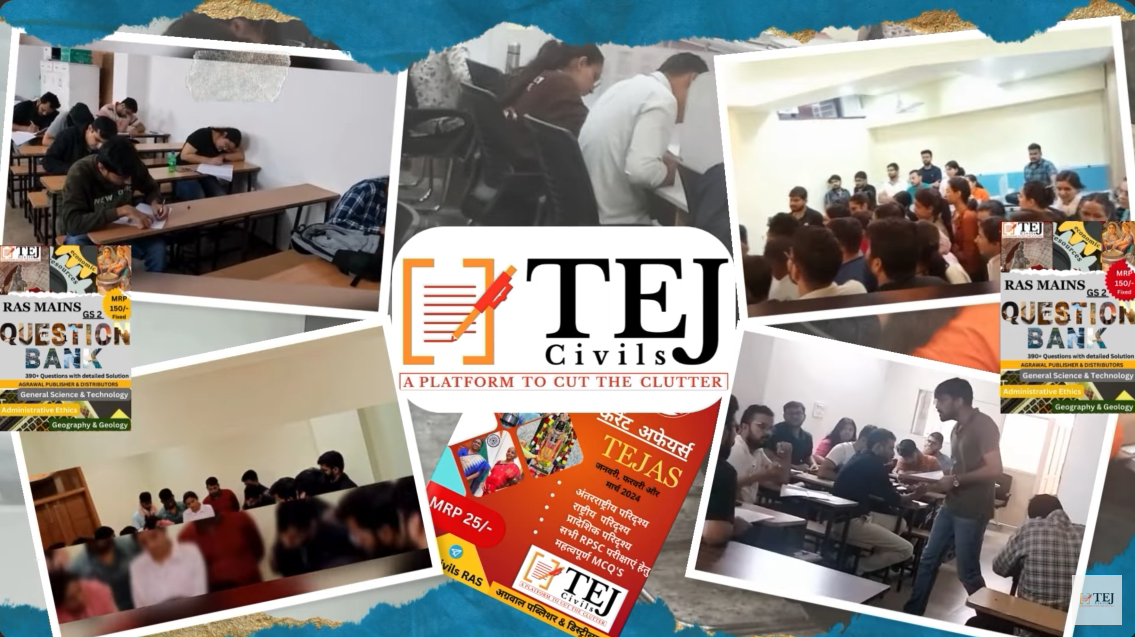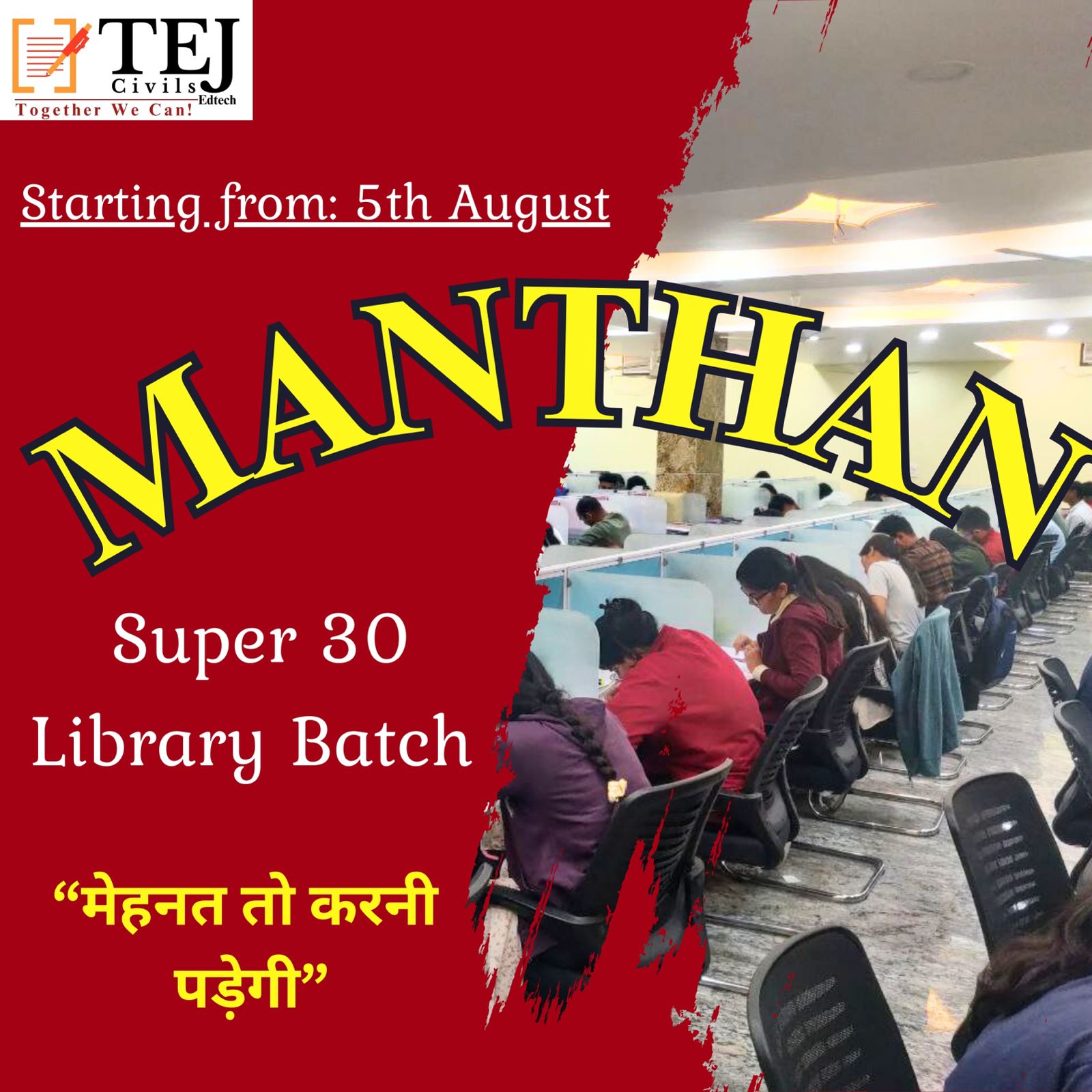Members of the Bhil Tribe Demand a Separate 'Bhil Pradesh' About the Bhil Tribe
Members of the Bhil Tribe Demand a Separate ‘Bhil Pradesh’
About the Bhil Tribe
The Bhils are among the oldest tribes in India, with a rich history and heritage that dates back thousands of years.
The name “Bhil” is derived from the Dravidian word ‘villu’ or ‘billu,’ meaning bow, highlighting their historical association with archery.
The Bhils belong to the Dravidian racial group, specifically the Australoid group, a significant ethnic classification in Western India.
Geographical Distribution
The Bhils are primarily found in the central regions of India, including the states of Madhya Pradesh, Maharashtra, Gujarat, and Rajasthan. These areas are considered the heartland of Bhil culture and tradition.
There is also a population of Bhils in northeastern Tripura, referred to as the Rajput Bhils, who share similar cultural traits but are influenced by regional customs.
Language and Religion
The Bhil tribe speaks Bhili, an Indo-Aryan language, which is a mix of several regional dialects. This language is an essential part of their identity, spoken in everyday interactions and rituals.
The religious practices of the Bhil tribe vary by region but generally involve the worship of local deities. Some of the major deities include Khandoba, Kanhoba, Bahiroba, Sitalmata, and Vaghdev (the Tiger God). These gods are believed to protect the community and are central to their spiritual practices.
Cultural Significance
One of the most important cultural events for the Bhils is the Baneshwar Fair, which takes place during Shivratri. The fair is dedicated to Baneshwar Mahadev (Lord Shiva) and draws large crowds from the Bhil community. It is a time for rituals, socializing, and reinforcing cultural ties among the tribe.
The Demand for Bhil Pradesh
The call for a separate Bhil Pradesh is rooted in the desire to preserve the cultural identity, rights, and socio-economic development of the Bhil community. Advocates of this movement argue that the current political and administrative structure does not adequately address the specific needs of the Bhils. They are calling for the formation of a state that will allow them to control their resources, promote their language and traditions, and foster economic growth in a manner that aligns with their cultural values.
This demand has gained momentum over time, especially in the tribal areas of Madhya Pradesh, Rajasthan, Maharashtra, and Gujarat, where the Bhil population is significant. As the movement progresses, it has sparked discussions about tribal autonomy, regional development, and the preservation of indigenous cultures in India.
Conclusion
The demand for a separate Bhil Pradesh is part of a larger conversation about tribal rights, representation, and governance. The Bhils, with their ancient history and unique cultural identity, are seeking a platform that will ensure their voices are heard and their development needs are addressed. While the future of this demand remains uncertain, it highlights the ongoing struggle for greater autonomy and recognition of the diverse cultural communities within India.





















